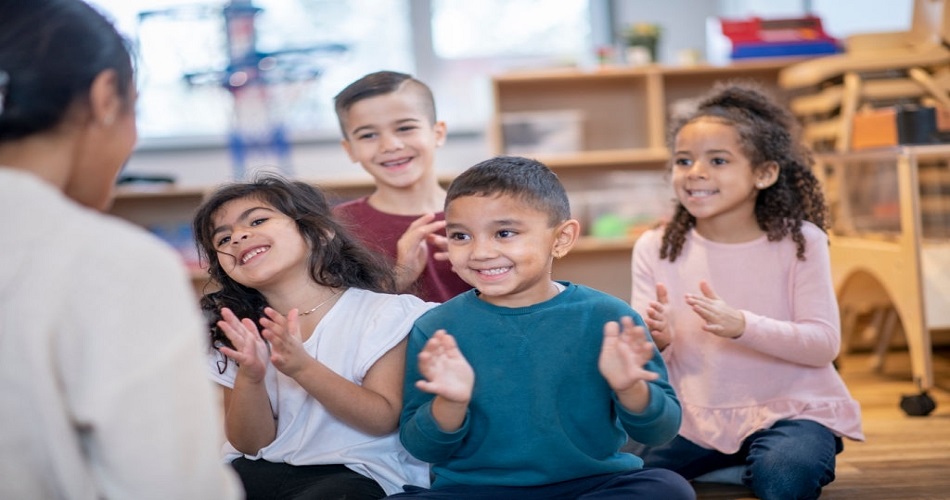Did you know the kind of learning environment students experience has a direct impact on their academic achievement?
A learning environment that is relaxed and calm has more potential to be productive. And for all we know, a classroom filled with young learners is much busy place with so much going on altogether. It is not just the potent energy of the children, you as a teacher also need to multitask to make things fall into place.
As the educator of young minds, we tend to focus on the learning part more than we drive ourselves to think from the perspective of young learners. In comparison, kid’s classroom is more likely to be noisy, busy and distracting than that of adults. But our objective should be to have a classroom that is synchronized and motivating even for children. Furthermore, when teachers are teaching their students in the virtual classroom, a lot of things need to be considered to keep a calming learning environment for preschoolers.
Here are 3 simple ways you can facilitate a calm learning environment for young learners –
Embrace Routine to Maintain Pace
Preschool at their formative age is more likely to experience the school environment as their very first socialization encounter. With routine children can move through the daily schedule with much ease. Additionally, the teacher can also help explain the sequence of activities; it will ensure that children are comfortable and familiar with the transition.
If you are currently teaching in a virtual classroom, things are no different when it comes to establishing routines. Routines are the means to keep children on track. Because young learners need to know what is to be expected from and what is coming next, giving them a clear idea can maintain the pace of the activities without much disruption. In all of this, the teacher can use verbal cues and direct instruction to transition from one phase to another.
Recognize and Validate their Emotions
Children, when feel seen and heard, are much likely to listen to the teacher than those who are restless and feel that they do not belong in the space. Preschoolers at the age of 4 to 5 years old are constantly experiencing new things and seeing the world with fresh eyes. This makes it imperative for the teacher to make effort in cultivating a communicative method to recognize and validate their emotions. When a teacher can ensure that children can be easily persuaded to make good choices, self-regulate their behaviors.
Always avoid judging and labeling students. It tends to make them feel ostracized. In a classroom where the students are much more relaxed and not limited, they will be keen to listen to the teacher. Using proper encouragement to enforce and reinforce disciple, celebrating small things, and appreciating kindness always brings positivity in the classroom.
Build Trusting Relationship
Building trust is fundamental for teaching preschoolers. It helps them to embrace the process of schooling and learning much flexibly. Knowing your students one on one and helping them to feel relaxed with you brings out a sense of safety around them. While you get to know them, make an effort to share a glimpse of your life, even if that means just a little bit. When children feel they know you, they feel more comfortable to be around you.
Often time the personal information you receive from each student can help in shaping the learning experience far better. When you are familiar with their likes and dislikes you are able to form need-based learning and thus making children engaged in the classroom effortlessly.
Finding ways to mitigate the everyday challenges can be a bit tricky. Instead of feeling overwhelmed by so much energy around you try to strategize integrating technology and adapt approaches that seem right to you. As teachers when we intentionally make the choice to take the time in creating a calming positive learning environment, we consciously choose to use emotional well-being as our priority. And that is the goal of a teacher, as this approach is way more sustainable in the long run.
Both teaching and training of preschool teachers, in this case, are much relevant to 21st century teaching.
Written By : Debalina Chakraborty















